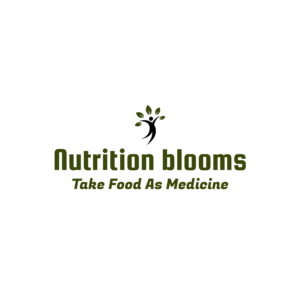Introduction:
Succulent and adaptable, pork loin has long been a mainstay in kitchens across the globe. Pork loin is a flavorful and nutritious addition to any meal, whether it is pan-seared, roasted, or grilled. We will examine the nutrition facts pork loin in this extensive guide, including its composition of macro- and micronutrients, health advantages, and advice on how to include it in a balanced diet.

Macronutrient Profile:
1. Protein: Nutrition facts Pork loin reveals it is a great source of high-quality protein, which is necessary for maintaining and growing muscle in the body. Cooked pork loin is a protein powerhouse, with about 22 grams of protein in a 3-ounce (85-gram) portion.
2. Fat: Pork loin is very lean in comparison to other cuts, despite the fact that pork is frequently linked to higher fat content. About 3 grams of fat are present in a 3-ounce portion of cooked pork loin. A diet low in fat, such as pork loin, can help protect the heart.
3. Calories: Pork loin has somewhat high calorie content; a 3-ounce portion has about 140 calories. Because of this, it’s a great choice for people who want to eat less calories without sacrificing flavor or willingness.
Content of Micronutrients:
1. Vitamins: A variety of vitamins that are essential for sustaining general health are abundant in pork loin. B-vitamins, including B6, B12, niacin, and riboflavin, are abundant in it. These vitamins have roles in the metabolism of energy, both the production of red blood cells and their activity.
2. Minerals: Phosphorus, zinc, selenium, and potassium are among the vital minerals that pork loin is an excellent source of. Selenium functions as an antioxidant, potassium aids in blood pressure regulation, zinc boosts immunological function, and phosphorus is necessary for healthy bones.
Advantages for Health:
1. Lean Protein Source: Pork loin is a lean protein that promotes the growth and repair of muscles. Protein is important for people trying to control their weight since it also keeps you feeling full.
2. High in B-Vitamins: Pork loin contains B-vitamins that support a number of body processes, such as the synthesis of red blood cells, energy metabolism, and the health of the neurological system. By including pork loin in your diet, you can make sure that you get plenty of these vital vitamins.
3. Essential Minerals: The minerals included in pork loin, including potassium, phosphorus, zinc, and selenium, are essential for immune system support, antioxidant protection, bone health, and blood pressure control.
How to Include Pork Loin in a Well-Balanced Diet
1. Select Lean Cuts: To limit your intake of saturated fat, use lean cuts of pork loin. To improve the nutritional profile, remove any visible fat before cooking.
2. Experiment with Different Cooking Methods: To maintain the nutritious content of pork loin, try a variety of cooking techniques. Fried food is not as healthy as baking, roasting, or grilling.
3. Combine with Vibrant Vegetables: To make a well-balanced meal, combine pork loin with a vibrant assortment of vegetables. This improves the nutritional value while also adding 4. Mindful Portion Control: Moderation is essential, even though pork loin is a healthy choice. To guarantee a balanced and health-conscious approach to your food, engage in mindful portion control.
In conclusion, pork loin has a wealth of nutritional advantages when consumed in a balanced diet. It’s a great complement to a healthy lifestyle because of its high protein content and important vitamins and minerals. Studying nutrition facts pork line show that, it can be enjoyed while providing your body with vital nutrients by selecting lean pieces, utilizing a variety of cooking techniques, and adding vibrant veggies.


